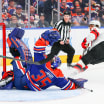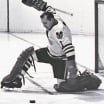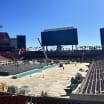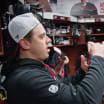The Coaches Room is a weekly feature throughout the 2018-19 NHL season by one of four former NHL coaches and assistants who will turn their critical gaze to the game and explain it through the lens of a teacher.
In this edition, Willie Desjardins, former coach of the Vancouver Canucks, explores how players create time and space for themselves in the offensive zone.
How NHL's most creative players create time, space
Desjardins breaks down video to show reasons shooters get open, finish plays
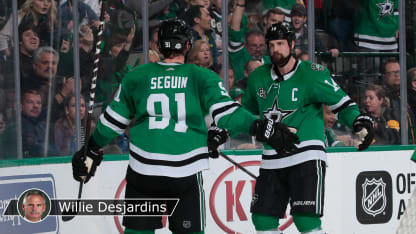
ANA@DAL: Benn pots Stars' second goal in nine seconds
PIT@VAN: Crosby beats Markstrom with nice deke
PIT@EDM: Oleksiak buries Malkin's pass
EDM@NSH: McDavid uses quick hands to bury backhand
OTT@COL: MacKinnon, Nieto combine for slick tally
ANA@CHI: Gustafsson feeds Kane for go-ahead goal
MIN@VAN: Pettersson blasts home big one-timer


